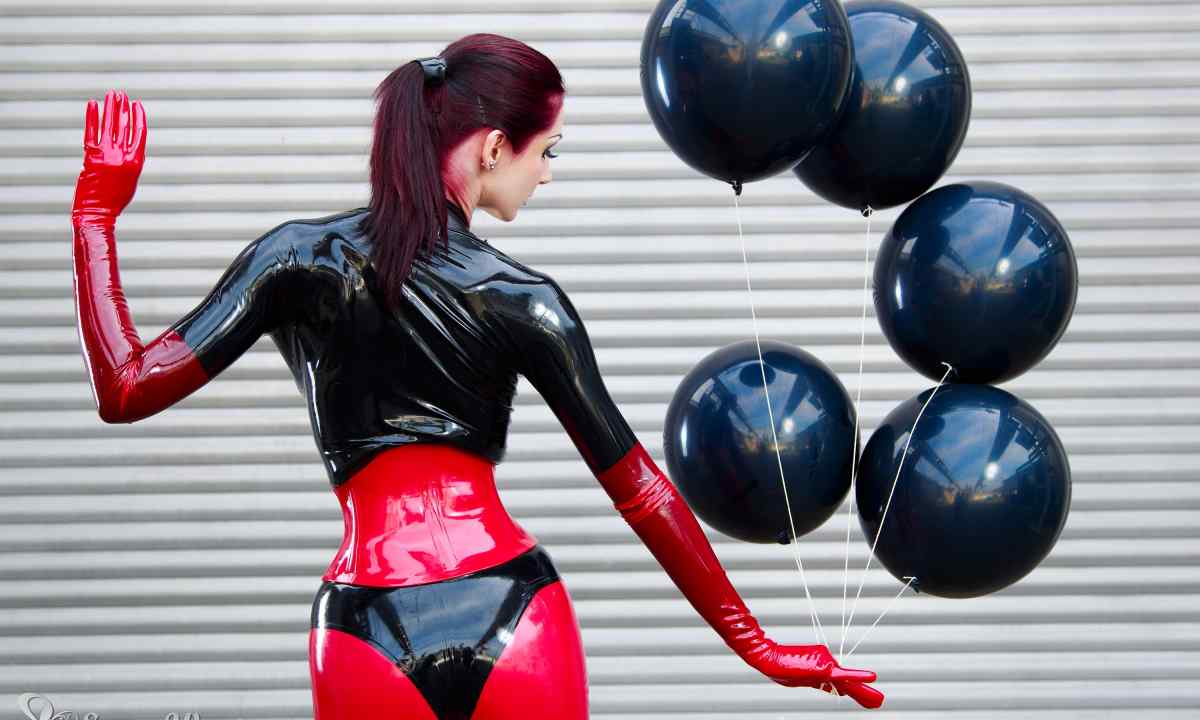People have learned about latex paints in the middle of the 20th century thanks to achievements of scientific and technical progress when the model range of finishing materials was significantly expanded. These paints have quickly won wide popularity, to this day are used for interior and external finish of surfaces. What they are made of how it is correct to choose them?
That the latex paint means
Strictly speaking, latex is the juice of plants-rubber-bearing plants representing suspension (dispersion) of particles of natural polymer of rubber. However as the prime cost of paints on such natural basis would be too high, for their production use inexpensive synthetic polymers. That is the latex paint is the paint representing itself water liquid dispersion of any artificial polymer.
In such dispersion water does not dissolve polymeric particles, but also does not allow them to stick together with each other. And after coloring of surface, water gradually evaporates, and particles of polymer-filming agent begin to approach and stick together. When there is full drying, the continuous film which is strongly linked to surface is formed.
How steady will be this film by sunlight, temperature drops and mechanical influence, depends, first of all, on properties of polymer on the basis of which it has been prepared.
The following types of latex paints are most widespread: polyvinyl acetate, butadiene-styrene, acrylosilicone, acrylic. Each of them has both pluses, and minuses. Polyvinyl acetate paints are made on the basis of glue emulsion of PVA well familiar to some people. They are rather inexpensive, have almost no smell, are well linked to the painted surface. Indisputable advantage of such paint is that from it it is easily possible to wash both hands, and the working tool.
This paint often simply is called water emulsion.
However PVA-paints have also essential shortcomings, for example, they are unstable to moisture and mechanical influences. Therefore they are used only for interior finish, covering with them ceilings and the top sites of walls, that is places which it is difficult to reach. This type of paint is very similar to dispersive. Butadiene-styrene paints more moisture resistant and wearproof. However they pretty fast fade under the influence of sunlight. Therefore they are also used for interior finish, and these paints are of little use for coloring of outer surfaces. At cost they exceed PVA paints a little. Acrylosilicone paints possess good sacred and moisture resistance and also high resilience to wear therefore well are suitable for coloring of outer surfaces. At last, the most qualitative, but also the most expensive latex paints, – acrylic.
Choice of latex paint
What it is necessary to pay attention to, buying latex paint? The main characteristics of such paints – gloss degree, wear resistance and moisture resistance. These indicators are closely connected with each other. Than gloss is higher, especially paint has high wear resistance. However on glossy surface all defects, even insignificant are well visible. Besides, on sunny day the glossy surface brightly shines. Therefore it is more reasonable to choose paint with low degree of gloss (semi-gloss below). Surely pay attention on how many cycles of dry or wet abrasion paint is calculated. "Dry abrasion" - it means that paint not moisture resistant (on the basis of PVA emulsion). "Wet abrasion" means that paint moisture resistant. The quantity of cycles specifies how many times it will be possible to wash up the painted surface without prejudice to its exterior. For dry rooms choose paint at least from 1000 cycles for ceiling and 2000 cycles for walls. For rooms where often there are noticeable differences of humidity (the bathroom, toilet, kitchen), take more resistant paint, with sizes of cycles 2000/3000 better. If you need exterior paint, especially in areas with humid climate, look for products with the greatest possible quantity of cycles (10000 and above). Certainly, and its cost will be the highest. Sometimes inexperienced buyers are lost, seeing on packings of paint of the designation "class 1", "class 2", etc. Actually it means how paint with firmness resists abrasion. For example, class 1 is the highest resistance to damp abrasion. Class 2 – means, paints rather resistant to damp abrasion, class 3 – insufficiently resistant, but not afraid of accidental water ingress. Class 4 – such paints resistant only to dry abrasion, it is impossible to wash surface. If the emulsion paint with indicator "class 5" gets to you, know that it is absolutely unstable to damp and dry abrasion. It can be used only for coloring of remote internal surfaces in the dry room. Choosing latex paint, obtain as much as possible information on producers. You can find these data in the Internet. Surely pay attention to forums, there people share opinions on the companies. Ask to consult you the expert, ask council friends, acquaintances.

